Understanding the Importance of a Watch Safe
In an age where luxury items, such as high-end watches, are increasingly sought after, the need for secure storage becomes paramount. A well-designed watch safe is not merely a luxury but a necessity for watch enthusiasts and collectors alike. This article delves into the various aspects of watch safes, including their importance, types, key features, and how to maintain them effectively.
Why Invest in a Watch Safe?
The primary function of a watch safe is protection. Luxury watches represent significant financial investments, and they are also valuable heirlooms that may carry sentimental worth. Without appropriate security, these treasures are at risk from theft, environmental damage, and degradation over time.
Moreover, a watch safe can ensure that delicate mechanisms of automatic watches remain functional. By combining storage and winding capabilities, a high-quality safe preserves your timepieces’ value and functionality.
Different Types of Watch Safes
There are various types of watch safes tailored to meet different functionalities and user needs:
- Wall Mounted Safes: Ideal for discreet storage, these can be placed inside closets or hidden behind furniture, ensuring security without compromising aesthetics.
- Floor Safes: Built into the ground, these provide excellent protection against theft, but may be less accessible than other options.
- Portable Safes: For those who travel often, portable safes offer the security needed while on the move, allowing you to keep your valuable watches safe wherever you are.
- Integrated Watch Winders: Combining storage with watch winding functionality, these safes ensure that automatic timepieces remain in good working order.
Key Features to Look For in a Watch Safe
When selecting a watch safe, certain features can enhance both security and functionality:
- Locking Mechanism: A reliable locking system is crucial. Consider whether you prefer manual or electronic locking systems for enhanced security.
- Material and Build Quality: Materials should be durable and resistant to tampering. Look for safes constructed from high-quality steel or reinforced alloys.
- Fire Resistance: Fireproof safes can provide an extra layer of protection, safeguarding your timepieces against fire damage.
- Size and Capacity: Ensure the safe can accommodate both your current and future collection of watches.
- Watch Winders: If you own automatic watches, a built-in winder will keep them functioning properly without needing a separate device.
Comparing Watch Safe Options
Manual vs. Electronic Locking Systems
Choosing between manual and electronic locking systems often comes down to personal preference and desired security level.
Manual locks, typically keyed or combination dial locks, provide simplicity and reliability. However, electronic locks are increasingly favored for their convenience and features such as backlighting and time-out mechanisms. Ensure any electronic locking system has a reliable battery backup or emergency access options.
Size and Capacity Considerations for Watch Safes
Understanding the size of your collection is critical when determining the watch safe capacity needed. Some collectors may start with a single watch, while others may possess dozens of timepieces. Consider the following:
- Current Collection: Assess the number of watches you own currently and if your collection is likely to grow.
- Additional Accessories: Will you need space for watch boxes, bands, or tools?
- Compact Design: If space is limited, consider selecting a safe that maximizes storage while minimizing physical footprint.
Assessing Security Ratings for Watch Safes
Security ratings are essential indicators of a safe’s reliability and resilience against theft. Look for safes that adhere to recognized standards such as UL (Underwriters Laboratories) ratings. Higher ratings can provide peace of mind and indicate a safe can withstand attempted breaches for longer periods.
Where to Place Your Watch Safe
Best Locations in Your Home for a Watch Safe
Finding the optimal location for your watch safe is just as important as the safe itself. Consider the following locations:
- Bedroom Closets: A discreet and secure choice, particularly if the safe can be concealed within clothing or accessories.
- Home Offices: If your safe can blend in with office furniture, this often provides added security.
- Secret Compartments: For those seeking maximum stealth, install a watch safe in a secret compartment of your home.
Environmental Factors to Consider
Beyond security, environmental factors can also affect watch safes:
- Humidity Levels: Elevated humidity can damage watch movements. Ensure the chosen location promotes low humidity levels.
- Temperature Fluctuations: Avoid placing the safe in areas prone to drastic temperature changes which could affect the mechanics of the watches.
Integration with Home Security Systems
Integrating a watch safe with existing home security systems can increase its effectiveness. Options include:
- Alarm Systems: Link your safe’s locking system to an alarm system to receive alerts in case of unauthorized access.
- Surveillance Cameras: Position security cameras to monitor the safe’s vicinity, adding an extra layer of vigilance.
Maintaining Your Watch Safe
Regular Checks and Maintenance Tips
Owning a watch safe requires regular maintenance to ensure it remains functional and secure:
- Monthly Checks: Open and close the safe to ensure the locking mechanism functions smoothly.
- Battery Replacement: If your safe has an electronic lock, schedule battery replacements to avoid unexpected lockouts.
How to Clean and Care for Your Watch Safe
Cleaning your watch safe is crucial to preserve its appearance and function:
- Exterior Cleaning: Use a soft cloth to wipe the exterior regularly to avoid dust accumulation.
- Interior Care: Check for any condensation or moisture accumulation which could harm the watches stored within.
Securing Your Safe with Insurance
No matter the level of security your watch safe provides, having insurance for your collection may still be worthwhile. Consult with an insurance provider specializing in jewelry and collectibles to find policies that cover loss, theft, or damage, ensuring you fully protect your investment.
Customer Experiences and Reviews of Watch Safes
Real-Life Use Cases and Success Stories
Many watch enthusiasts share their experiences with watch safes, often highlighting the piece of mind they offer:
Collectors have reported enhanced security and ease of access when needed—especially those who travel often and prefer portable safes. Their success stems from ensuring the safes are well-researched and fit the specific needs of their collection, allowing them to enjoy their investment without worry.
Common Issues Faced by Watch Safe Owners
While a watch safe provides security, owners may encounter challenges:
- Forgetting Combinations: This is particularly common with manual locks; consider maintaining a secure record of combinations or using electronic locks.
- Space Constraints: As collections grow, some owners find themselves needing larger safes sooner than anticipated.
Gathering Insights from Trusted Sources
Seeking feedback from other owners can be invaluable. Online forums, watch collector groups, and product review sites often provide insights about the effectiveness and longevity of various watch safes, aiding potential purchasers in making informed decisions.
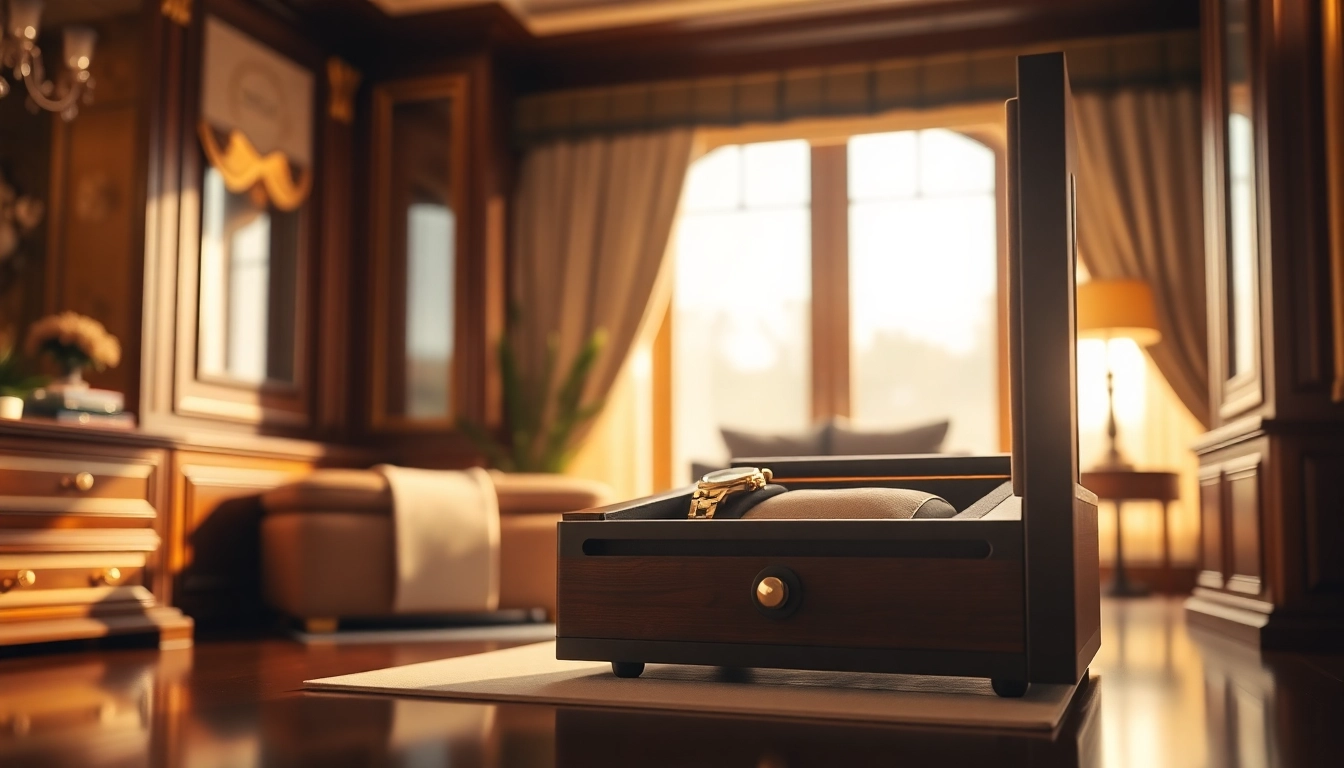
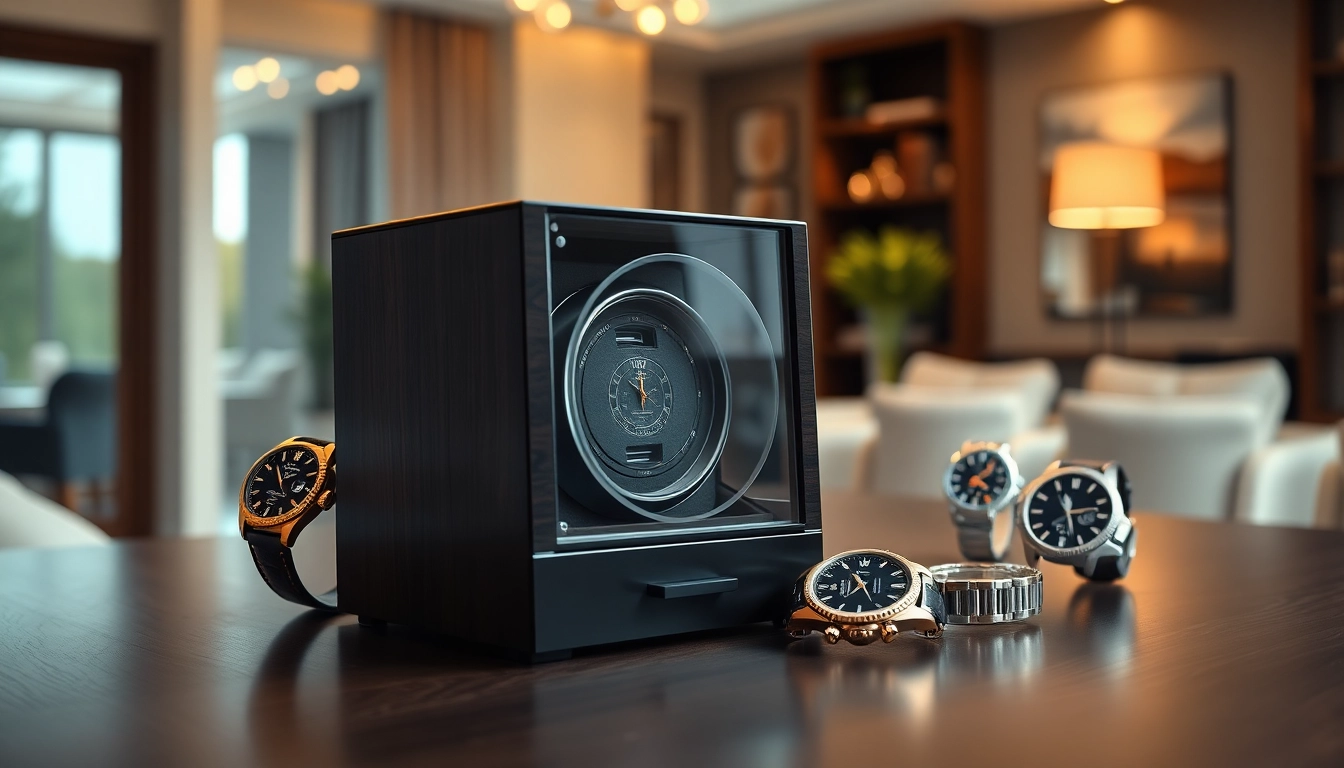

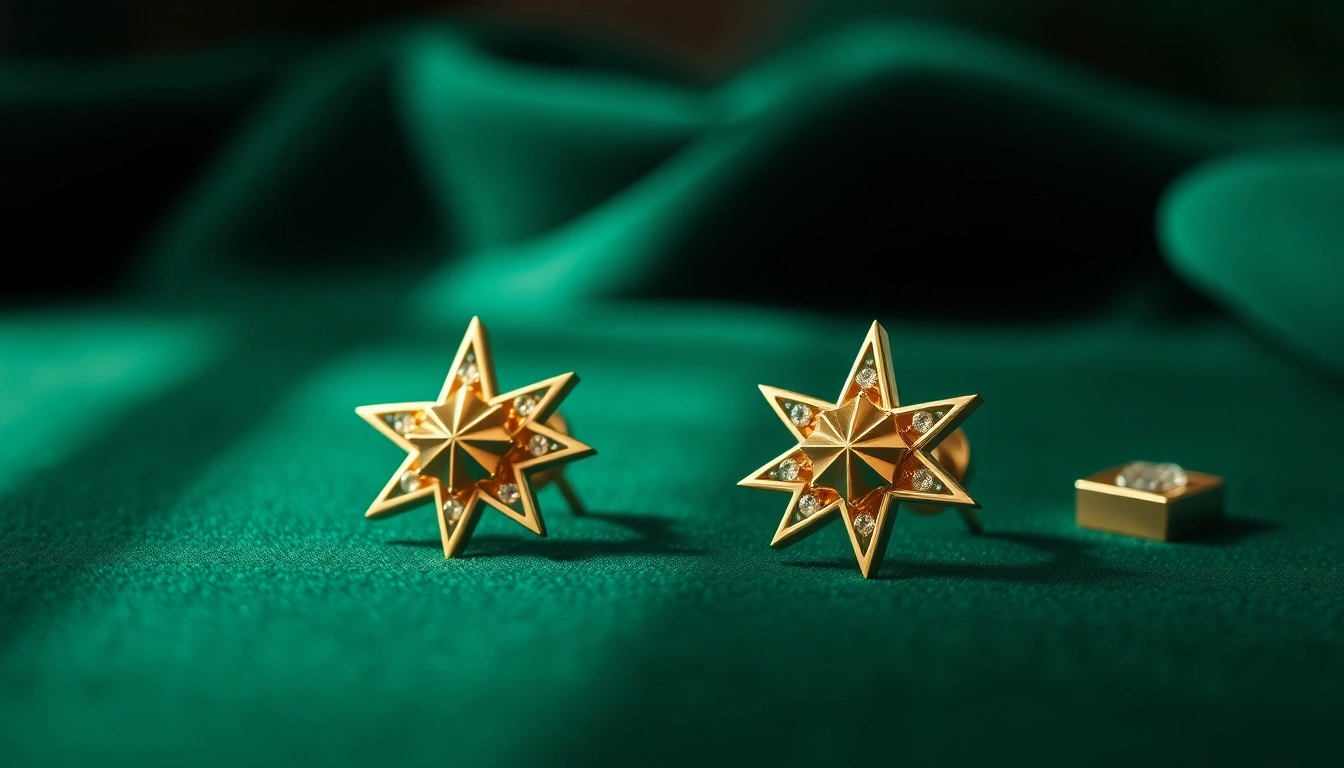

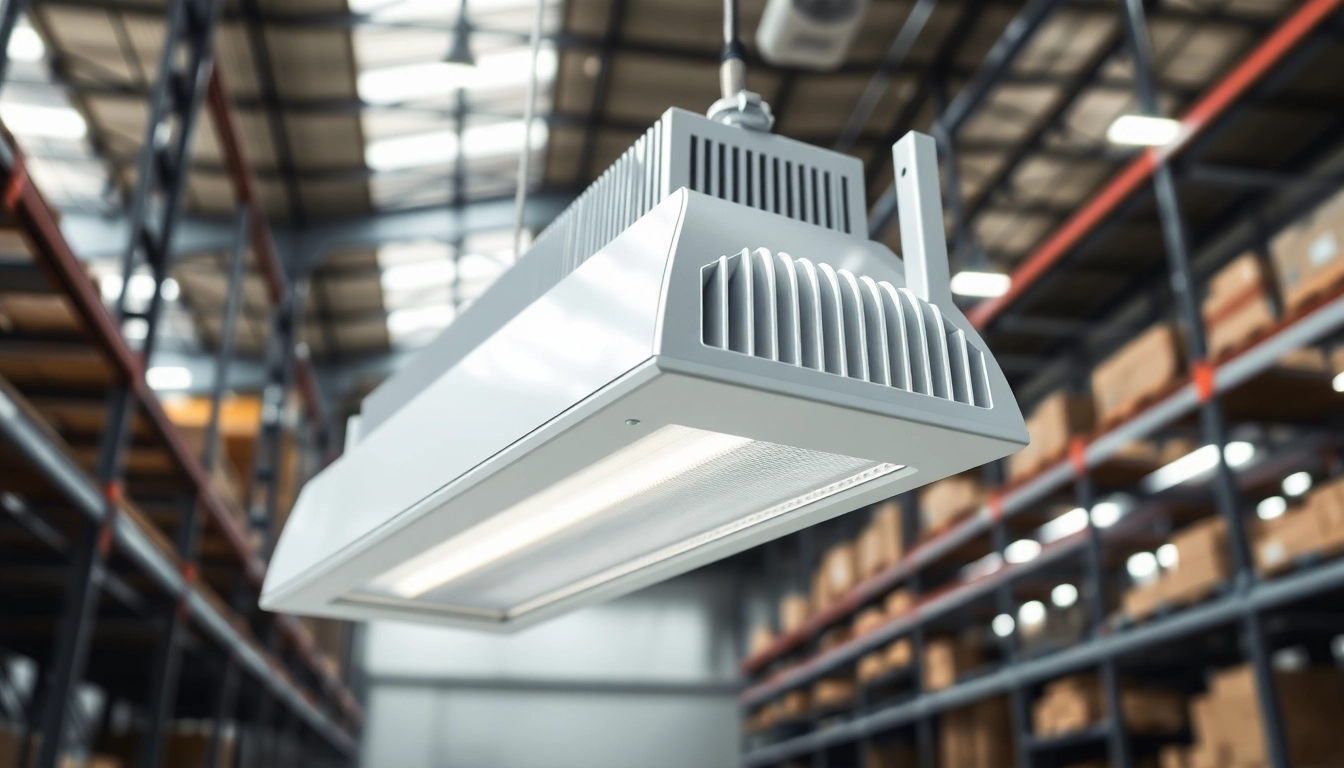
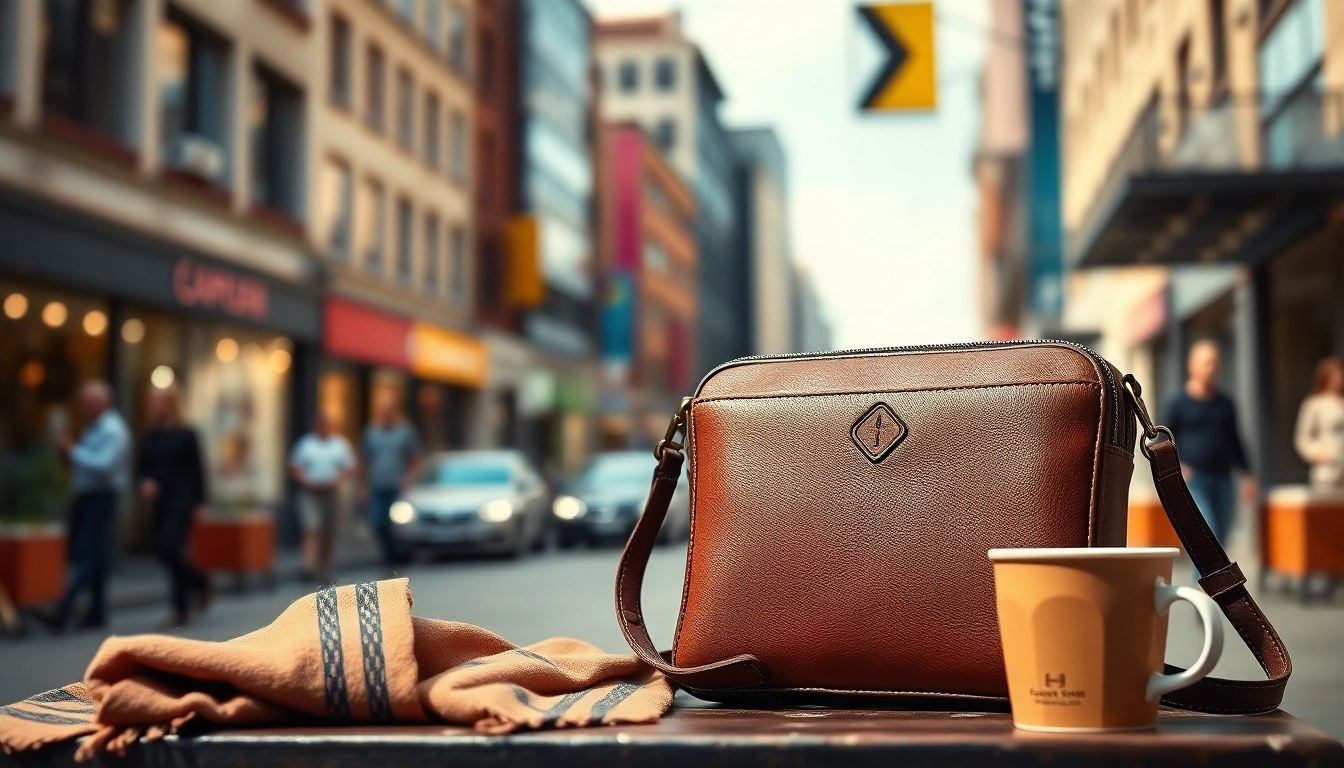

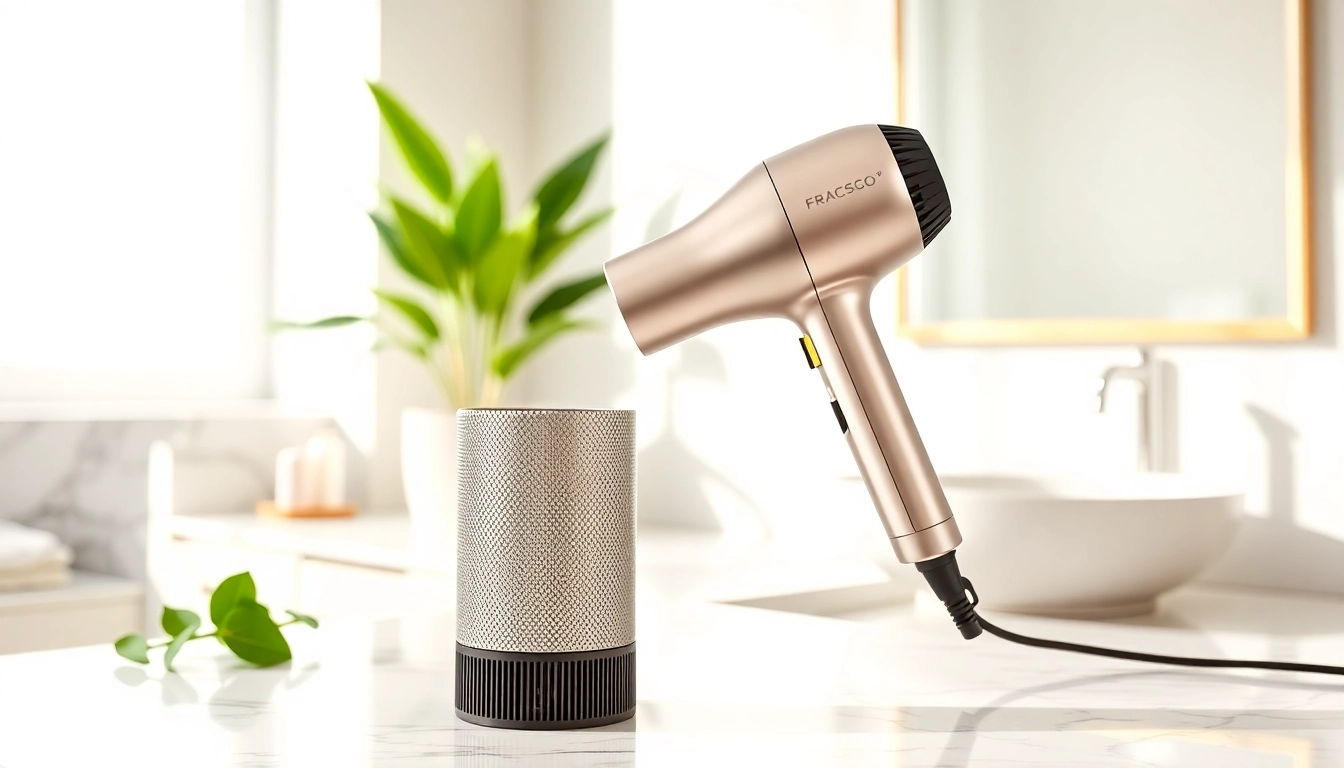

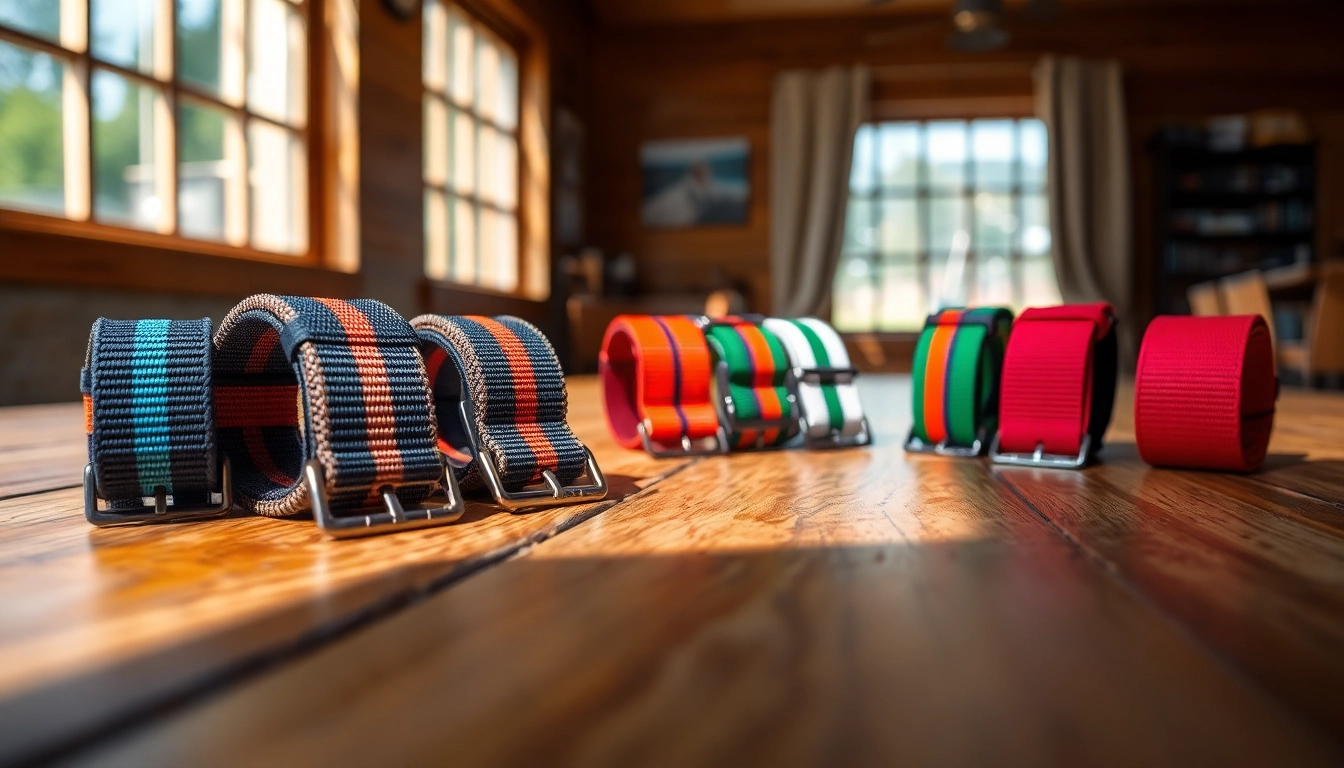

Leave a Reply